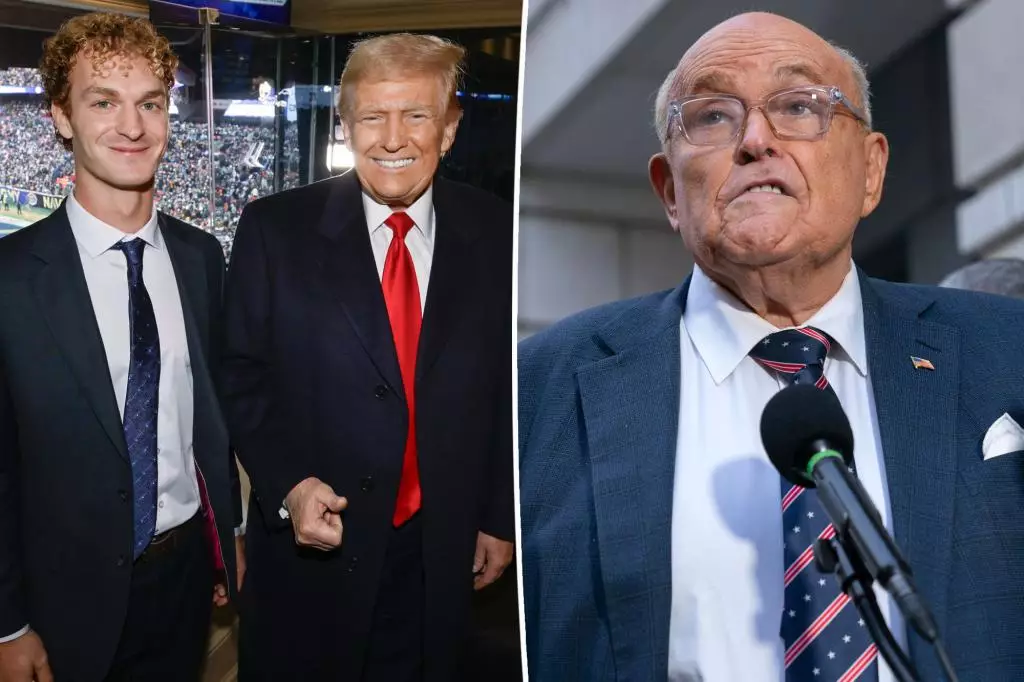Over the weekend, Mar-a-Lago buzzed with activity as Daniel Penny made an appearance, meeting with notable figures such as former President Donald Trump and proud ex-mayor Rudy Giuliani. Penny, a former U.S. Marine, recently turned heads after his high-profile acquittal of criminally negligent homicide concerning a controversial chokehold incident in New York City. This event not only amplified his public profile but also placed him at the center of a heated national narrative about justice, public safety, and personal accountability.
Reports indicated that Trump was seen engaged in animated discussions with Fox News anchor Bret Baier, suggesting the evening was not merely a social gathering, but a strategic meet-up for influential voices in media and politics. With Penny and Giuliani at the same table, the convergence of these personalities showcased an extraordinary melding of military experience, media presence, and political ambitions amid the glittering backdrop of the private club.
Penny’s recent interactions with Trump highlight an intriguing narrative of redemption and complexity in public perception. Trump lauded Penny as “a good guy who did the right thing,” an endorsement that suggests the former president aligns with the view that Penny’s actions, albeit controversial, were justified in a chaotic moment. This acknowledgment from Trump may suggest a broader appeal to a base that values law enforcement and military engagement, further complicating discussions around accountability and the public response to crime.
However, the sensationalism surrounding Penny’s case still looms large. Public opinion remains deeply divided, and many people grapple with the implications of his actions on New York City’s safety and the expectations of civilians when engaging in potentially life-threatening confrontations.
Giuliani’s presence at the table adds another layer to the dynamics of Mar-a-Lago’s social scene. Once a formidable political force, Giuliani is currently navigating scandal after scandal, including significant legal troubles and financial liabilities. Rumors of his potential candidacy for New York City mayor create a compelling narrative of a comeback, yet his uncertainties remain palpable. His comment about the improbability of returning to politics emphasizes both ambition and hesitation, mirroring his complicated legacy.
Through this encounter, the intertwining fates of these figures underscore the importance of public perception. Will Giuliani’s past triumphs resonate with voters, or will current affiliations and controversies overshadow any future political aspirations?
As Trump worked the room, continuing his role as a central figure in this powerful social milieu, his interactions embodied the unique relationship dynamics that exist within the Republican party and its allies. Whether through casual conversations or key endorsements, Trump’s influence remains palpable, especially as he dines amid rising stars and controversial figures alike.
Amid political turmoil and shifting public sentiments, the weekend at Mar-a-Lago revealed a microcosm of contemporary American politics, encapsulated by the mingling of military valor, political ambition, and the ever-present shadow of past decisions. As these figures shape their futures within the complex landscape of public opinion, the impending question remains: how will they navigate the narratives that define them in an increasingly judgmental society?

